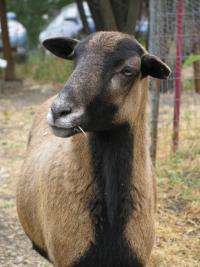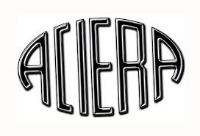Search Results (Searched for: )
- itsbrian
- itsbrian
21 Dec 2024 22:38
Replied by itsbrian on topic linuxcnc 2.9.2 (live) on the intel n100 cpu
linuxcnc 2.9.2 (live) on the intel n100 cpu
Category: Computers and Hardware
- itsbrian
- itsbrian
21 Dec 2024 22:20 - 21 Dec 2024 22:24
Replied by itsbrian on topic Latency, error finishing read, and IRQ affinity
Latency, error finishing read, and IRQ affinity
Category: General LinuxCNC Questions
- scotta

21 Dec 2024 21:27
- scotta

21 Dec 2024 21:23
Replied by scotta on topic Remora - ethernet NVEM / EC300 / EC500 cnc board
Remora - ethernet NVEM / EC300 / EC500 cnc board
Category: Computers and Hardware
- Guytou
- Guytou
21 Dec 2024 20:51
- PCW

21 Dec 2024 20:36
- Sternfox
- Sternfox
21 Dec 2024 20:12
- cmorley
- cmorley
21 Dec 2024 19:58
- jmelson
- jmelson
21 Dec 2024 19:51
- Aciera

21 Dec 2024 19:46 - 21 Dec 2024 19:46
- Grotius

21 Dec 2024 18:55
- MarkoPolo
- MarkoPolo
21 Dec 2024 18:54
- PCW

21 Dec 2024 18:51
Replied by PCW on topic Another joint 0 on limit switch error
Another joint 0 on limit switch error
Category: Basic Configuration
- Grotius

21 Dec 2024 18:50
Replied by Grotius on topic Running halui in real time space?
Running halui in real time space?
Category: HAL
- JR1050

21 Dec 2024 18:10
Time to create page: 0.357 seconds
